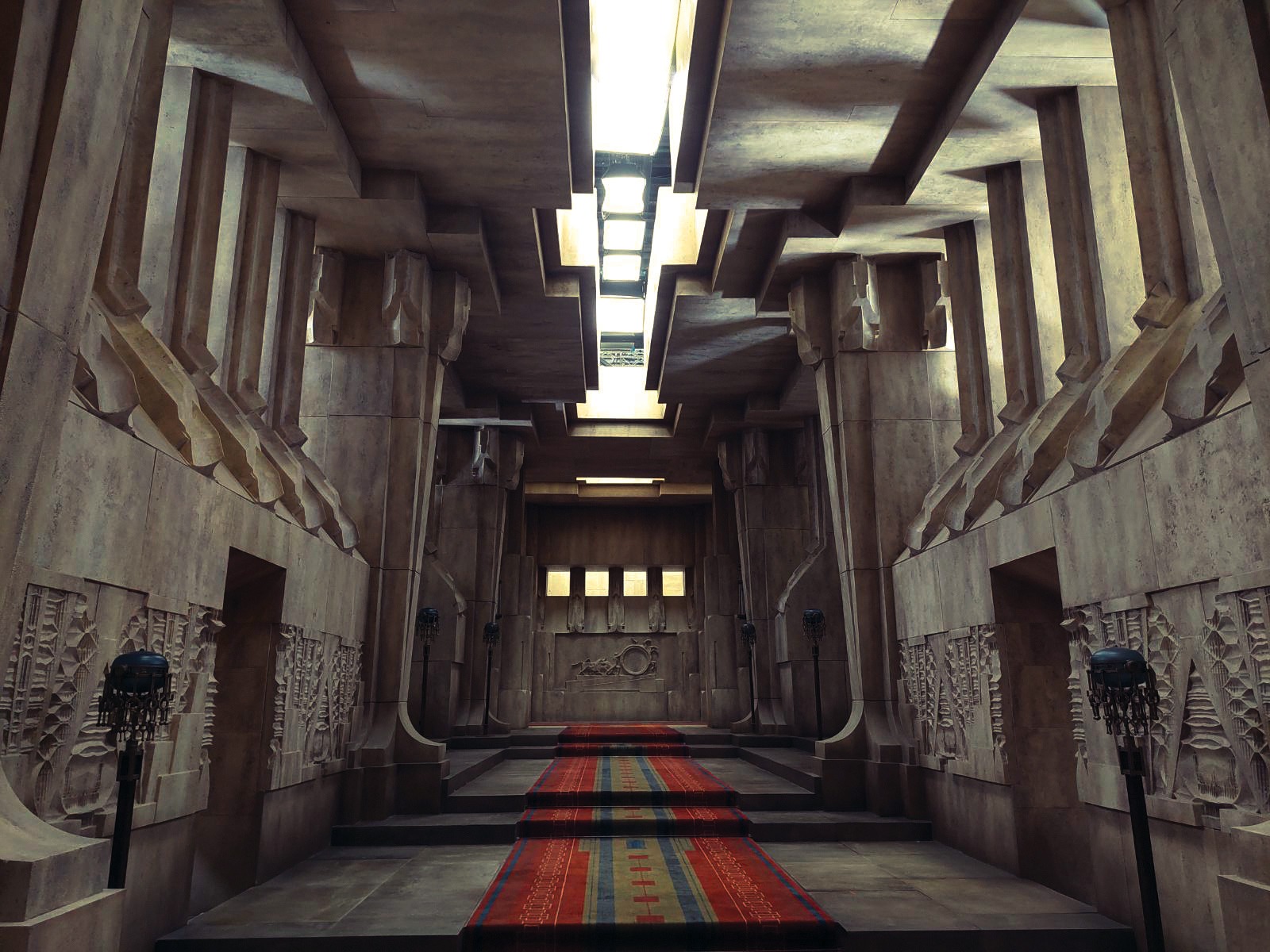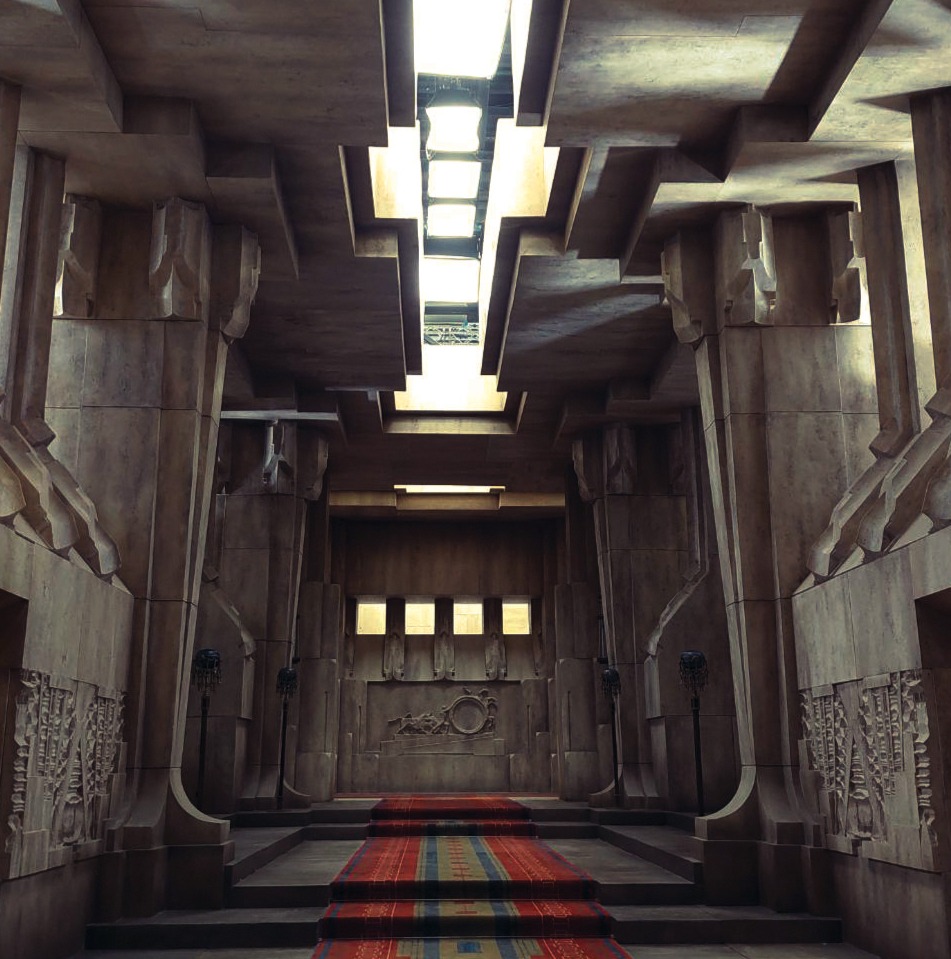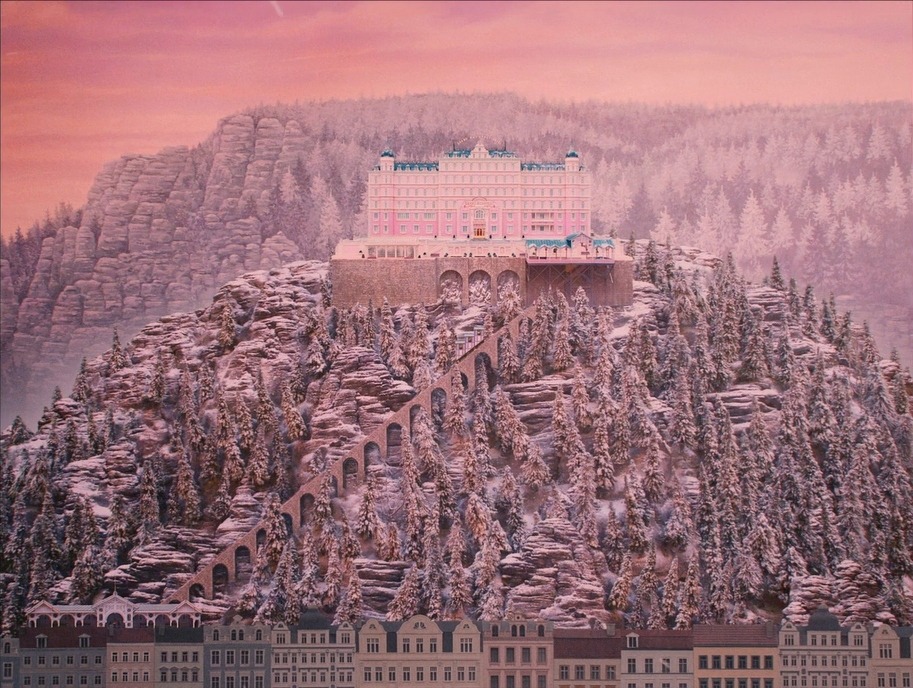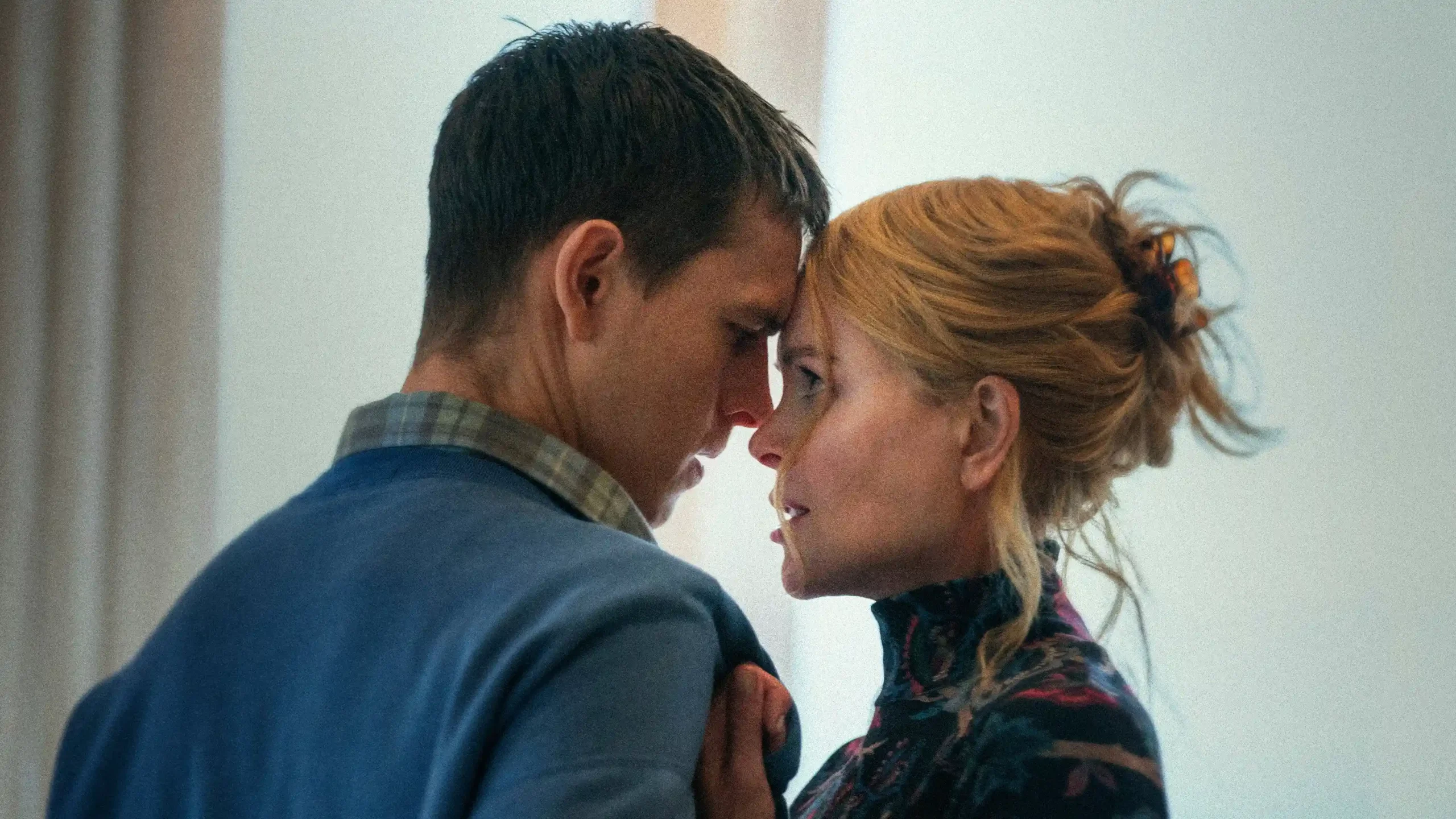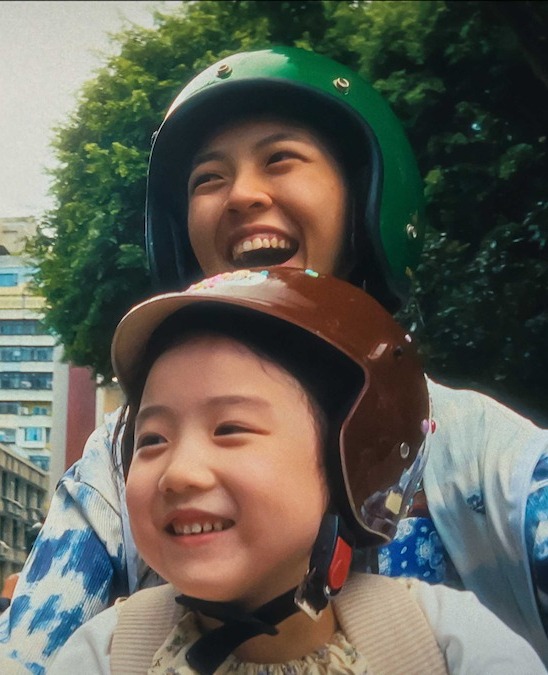Watching films in my family was always a complicated ritual. You could not just stumble upon anything on cable, some random movie whose title I would probably never learn but would still watch because it was already midnight and I knew I would fall asleep while the plot played in the background, only to describe it to my dad the next day as “that film, you know it for sure, the one with that actor.” That sort of viewing simply did not exist for my father. I remember that by the time I started first grade I already knew the names of all the actors who played the main roles in the Bond franchise, which had already reached its twentieth film, and at least one previous project each of them was known for. While writing this I realize the whole process might sound like a form of torture, but it truly was not. My sister and I adored those small and wonderfully odd movie nights. Even though she was too young for most films, she just liked being part of the activity, so she was probably the kid in kindergarten who knew who directed the first Mission: Impossible from 1996. By the time I reached high school, family movie nights became less frequent, but I never stopped watching films in that same way. I kept spreadsheets with directors, actors, production companies, decades and countries, into which I entered films I had seen, films I wanted to see for the first time and those that deserved a rewatch. My friends loved those lists. Although we did not look like a particularly nerdy group, every week they could not wait to add their suggestions to a special tab with a very high school name, “Društvance.” As an adult I continued to nurture my longest lasting hobby within the limits of everyday obligations. In other words I barely manage to watch one or two new films every few weeks. The truth is that the spreadsheet mostly serves as an archive waiting for its next moment, but from time to time I still discover a detail, a person or an interesting fact worth remembering.
Mateja Hrnjački is a name I have noticed in the field of production design more than once in the past few years. His name appears on projects such as Dune, Glass Onion or From the World of John Wick: Ballerina, within the art department or production design credits. The first thing I wanted to know was how he even entered that world. Was it a planned step from art, or simply a chain of circumstances that led him to the set? When he talks about his path, Mateja quickly dismantles the romantic idea of a carefully planned entry into the film industry. “The first time I stepped into the world of film happened entirely by accident. A colleague invited me to work on a project together, as often happens in our line of work. At the time I was in my third year at the Faculty of Applied Arts and I was already experimenting a lot with contemporary materials and new techniques. That first film set completely captivated me. I realized that it was an environment where my sculptural work and my research driven curiosity came together naturally.”
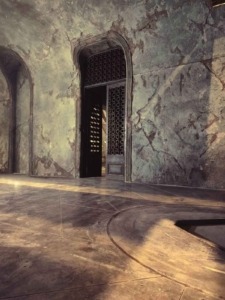
The film Dune, for which Mateja Hrnjački and his team worked on the production design
His foundation is rooted in sculpture, in understanding materials, form and space, which now gives him an advantage in a line of work where entire universes are built from a single idea. “I believe that an art education can be immensely helpful to anyone creating within the world of film. School does not only teach us how to use materials, but also why, where and when something makes visual sense”, Mateja explains. “That way of thinking is very visible in my work today. My team and I have developed a reputation among international production designers precisely because of that artistic foundation. At school we were taught to step back and look at the whole, and that is just as important when you build a set. Because of that we are often given the freedom to follow our own intuition. With a few references and basic information about a scene, we create a world that has its own logic and soul.” When asked whether it is possible to find a balance between art and industry, especially since we often witness how one suppresses or sabotages the other, and how much adaptability is required to preserve artistic integrity in the dangerous and fast moving machine of the film industry, Mateja answers almost instantly. “This industry demands solutions that are quick but still good. No two projects are the same. Each one calls for a fresh approach, creativity and a clear visual expression. Working on such large formats also means working collectively, which has never felt foreign to me. For a sculptor it is difficult to work entirely alone anyway. That blend of art and industry has become a natural space for creation.”
The process of creation he describes feels like a synchronized dance between idea and execution. Everything begins with a conversation with the production designer and art director about the story, the space and the logic of the world that needs to be built. “In the last few years my team and I are most often given the task of realizing a specific set. My first step is to communicate with the production designer and art director. We talk about the concept, the story and the logic of the space. During the entire process of building the set we stay in constant contact with the production designer to make sure everything we do remains aligned with the overall vision. In the end, when the camera starts rolling, the feeling is special. Seeing our work become part of the film world is something unique.”
As someone who has dreamed since childhood of being part of the film industry in any behind the camera role, what fascinates me most is the atmosphere of a film and how it is built from start to finish. When he talks about this, Mateja does not single out one element. “The magic of production design lies in the fact that so many artists participate in it. Designers, sculptors, painters, and each of them contributes in their own way, through ideas or through craft. It becomes a composition of creativity from all sides. The atmosphere a director wants to achieve never depends on one element alone. It rests on the perfect combination of light, texture, color, tone and space. Everything needs to breathe together for the emotion to feel true.” It is exactly the answer I expected, although I suspect I still romanticize it a little. So I ask whether there is room for personal experimentation and an individual signature in the large scale productions he works on. Again he reinforces my romantic idea of the film world by confirming that, even though he works on sets of global scale, he does not believe that the size of a production means losing a personal touch. “Almost always, whether they intend to or not, the artist leaves their signature in every detail. The camera often finds its frame right there. Experimentation, at least from my perspective, is both welcome and unavoidable. At the beginning of building a set there is always a great deal of testing and sampling to determine the direction we will take.”

The film From the World of John Wick: Ballerina, production design
To my seemingly absurd question about how he would explain his job to his grandmother, a question I love asking creatives, he jokes that he would put it very simply. “Grandma, have you seen Dune? Well, everything except the actors, that was us.” I think that one sentence captures the essence of what Mateja Hrnjački does, both for his grandmother and for me. He creates worlds that must feel real even though they are entirely constructed.
We continue the conversation along the lines of craft. Mateja says he has never seen himself as a craftsman in the traditional sense. “I have always seen myself as an artist, and I will probably never become a perfect craftsman, since materials and techniques constantly change and open up new possibilities for this craft. Today I see my role as the bridge between the designer and the team of people I work with, helping ideas become reality through shared work and creative collaboration.”
In an era when every few days I feel like the world is moving too fast, when technological development races ahead of my eyes and I too often fail to immediately recognize a video generated by artificial intelligence, and when physical sets are increasingly paired with digital ones, Mateja remains loyal to the tactile. “I believe that physical production design still has its place and its purpose. It is always made by hand, tangible, and it offers a feeling that is very hard to fully translate digitally. Those crucial details an actor can use in their performance are, I imagine, much easier to achieve in a physical space, especially in sci fi and visually demanding films.” When I ask him what guides him through all his projects, what the driving force of his work is, Mateja smiles. “If I had to choose one motive that carries me through everything I do, it would be collective creation. I am always driven by the idea that through collaboration and shared work across different skills and perspectives, something greater than the individual can emerge.”
